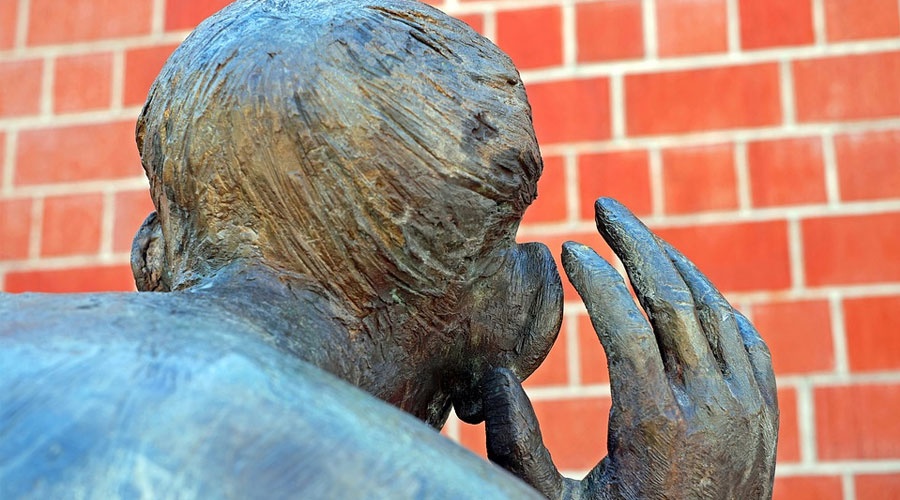Lost in translation: How this Jordanian startup is helping the deaf

The translation of speech to text in real-time naturally enhances communication between people with hearing impairment and those without it. A new technology, now available on many mobile apps including Google’s speech API, enables deaf people who aren’t experts in lip-reading, to understand a conversation, thanks to the text made available before them. But what if the deaf cannot read?
Most deaf and hearing-impaired children rarely receive formal schooling in developing countries, and even those who do, are likely to face difficulties when it comes to reading. This results in a huge conversational gap between the deaf and those who can hear. Mahmood Darawsheh became aware of the gap during high school and was determined to bridge it.
Six years later, in 2016, he and Mohammad Kilani launched Mind Rockets which produces assistive technologies for the deaf. The startup's first product was Mimix 3D, a mobile app on both iOS and Android that translates spoken or written English into American sign language acted out by an avatar. After that, Turjuman, the startup’s second product, which is an Arabic version of the app,was released on Android. It has by now, and has by now reached 10,000 users, who are mostly from KSA and Egypt.
Darawsheh admits that the Arabic version was more challenging to develop due to the different dialects spoken in the Middle East and North Africa. Currently the bot understands the dialects of the Gulf countries and the Levant.
How does it work?
Through the app, a hearing-enabled participant in a conversation can speak or write a message that the avatar acts out in real-time and that the deaf participant can directly watch or receive as a video via messaging apps. The deaf person can then use a sign language keyboard, which is also developed by Mind Rockets, that translates sign language symbols into written text: sort of a Yamli for sign language.
However, the app does not offer real-time translation from sign language to the written or spoken word.
This is where another startup, Kintrans, which uses image recognition, comes into play. Its software is typically purchased by businesses that manage high-touch customer care areas or that want to accommodate deaf sign language employees in the workplace.
Similar applications in the region include Tawasali Linatawasal and Ihsan Insan.
Aside from its apps, Mind Rockets is very soon going to offer web plug-ins that will allow deaf people to read website content in sign language by watching avatars’ hand symbols appearing on the screen. The same concept will be applied to movies, Darawsheh said.
In Saudi Arabia, the startup is testing a separate system that would allow pharmacies to communicate with the deaf in real-time.
Mind Rockets, which now has 13 employees, some of whom are deaf themselves, will be monetizing through selling those services to corporations and entities interested in producing deaf-friendly content. “It is within our core beliefs that the deaf should not pay for this technology,” Darawsheh explained during an interview with Wamda.
Towards deaf-friendly conversations
While the products offered by Mind Rockets and Kintrans are proof of how tech startups can help the hearing impaired, Zain Telecom’s Basma Line is an example of how corporations can work towards the same goal.
Basma Line was launched in Jordan in 2015 as a prepaid plan catering to the deaf, who can use it to make video calls. The company has also incorporated sign language into its call center, so that hearing impaired can interact with employees over video calls.
In terms of the global market size of elderly and disabled assistive devices, hearing aids remain dominant and are expected to reach $7 million by the end of this year. Yet innovative solutions of the kind offered by Mind Rockets, Kintrans, and Basma Line are making inroads, though modest. This might be part of the reason this market as a whole is projected to expand at a compound annual growth rate of 7.4 percent during the 2016-2024 forecast period.
Feature image via Pixabay.


